Understanding the power factor (PF) of LED lights is essential for optimizing energy efficiency, reducing operational costs, and ensuring compliance with electrical standards. The power factor is a measure of how effectively electrical power is being used by an LED light. This article will delve into the importance of power factor, the methods to calculate it, and practical tips for improving the power factor in LED lighting systems.
What is Power Factor?
The power factor is defined as the ratio of real power (measured in watts, W) used to perform useful work, to apparent power (measured in volt-amperes, VA) supplied to the circuit. It can be expressed mathematically as:
The real power represents the actual power consumed by the device to produce light, while the apparent power is the total power supplied, including both real power and reactive power (which does not perform useful work but is necessary to maintain the voltage levels in the circuit).
Why Power Factor Matters in LED Lighting
Energy Efficiency
A high power factor indicates efficient use of electrical power, meaning more of the supplied power is being converted into light rather than wasted as heat or other losses.
Cost Savings
Utility companies may charge higher rates for lower power factor systems due to the increased demand on the electrical infrastructure. Improving the power factor can lead to lower electricity bills.
Reduced Strain on Electrical Infrastructure
A high power factor reduces the amount of reactive power in the system, lowering the strain on electrical components and prolonging their lifespan.
Environmental Impact
Improving the power factor reduces energy wastage, contributing to lower greenhouse gas emissions and a smaller carbon footprint.

Calculating Power Factor for LED Lights
Method 1: Using Electrical Measurements
-
Measure Real Power (W):
- Use a wattmeter to measure the real power consumed by the LED light. The wattmeter should be connected in series with the LED circuit to get an accurate reading.
-
Measure Apparent Power (VA):
- Measure the voltage (V) across the LED light and the current (I) flowing through it. Apparent power can be calculated as:
-
Calculate Power Factor:
- Use the formula:
Example Calculation:
The voltage across the LED light is 220 volts (V).
The current flowing through the LED light is 0.25 amperes (A).
Method 2: Using a Power Factor Meter
A power factor meter simplifies the process by providing a direct reading of the power factor. These meters are designed to measure the real power, reactive power, and apparent power in a circuit, and they calculate the power factor automatically.
-
Connect the Power Factor Meter:
- Connect the meter according to the manufacturer’s instructions, ensuring it is properly integrated into the LED light circuit.
-
Read the Power Factor:
- Once connected, the meter will display the power factor of the LED light.
Factors Affecting Power Factor in LED Lights
Quality of LED Driver
The LED driver plays a crucial role in determining the power factor. High-quality drivers with power factor correction (PFC) circuits can significantly improve the power factor.
Total Harmonic Distortion (THD)
Harmonics in the electrical system can affect the power factor. LED drivers with lower THD values tend to have higher power factors, as they produce fewer distortions in the electrical waveform.
Load Conditions
The load conditions, including the number and type of LED lights connected in a circuit, can impact the power factor. Ensure that the circuit is not overloaded or underloaded for optimal power factor performance.

Improving Power Factor in LED Lighting Systems
Use High-Quality LED Drivers
Investing in LED drivers with built-in power factor correction can enhance the power factor of the lighting system. Look for drivers that offer a power factor of at least 0.9.
Power Factor Correction Devices
In larger installations, external power factor correction devices, such as capacitors or inductors, can be used to improve the power factor. These devices help to balance the reactive power in the system.
Regular Maintenance and Monitoring
Regularly monitor the power factor of your LED lighting system and perform necessary maintenance. Address any issues that may cause a drop in the power factor, such as aging components or faulty connections.
Conclusion
The power factor is a critical parameter in evaluating the efficiency and performance of LED lighting systems. A higher power factor indicates better utilization of electrical power, leading to energy savings, reduced operational costs, and a lower environmental impact. Calculating the power factor involves measuring real and apparent power, which can be done using electrical measurements or a power factor meter.









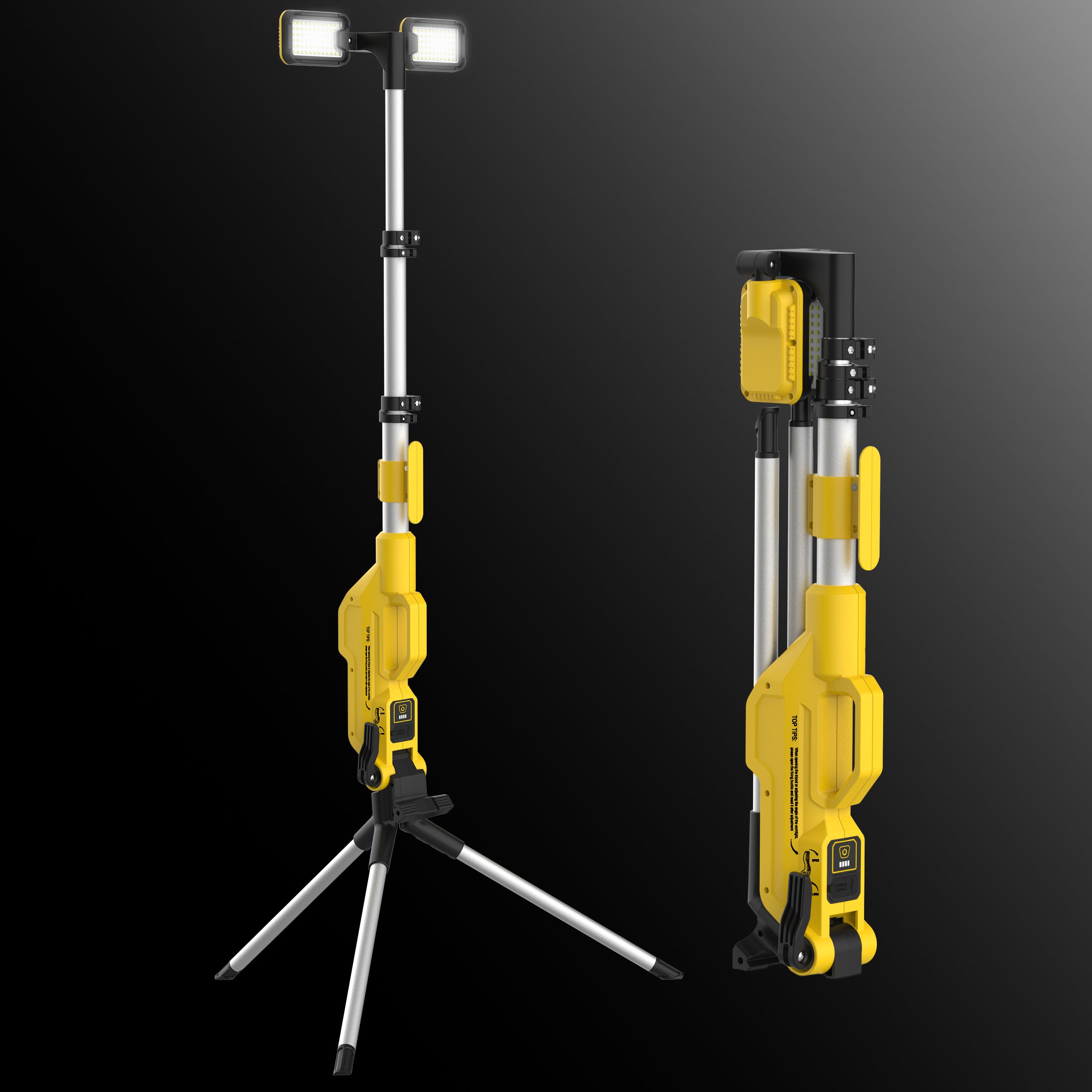
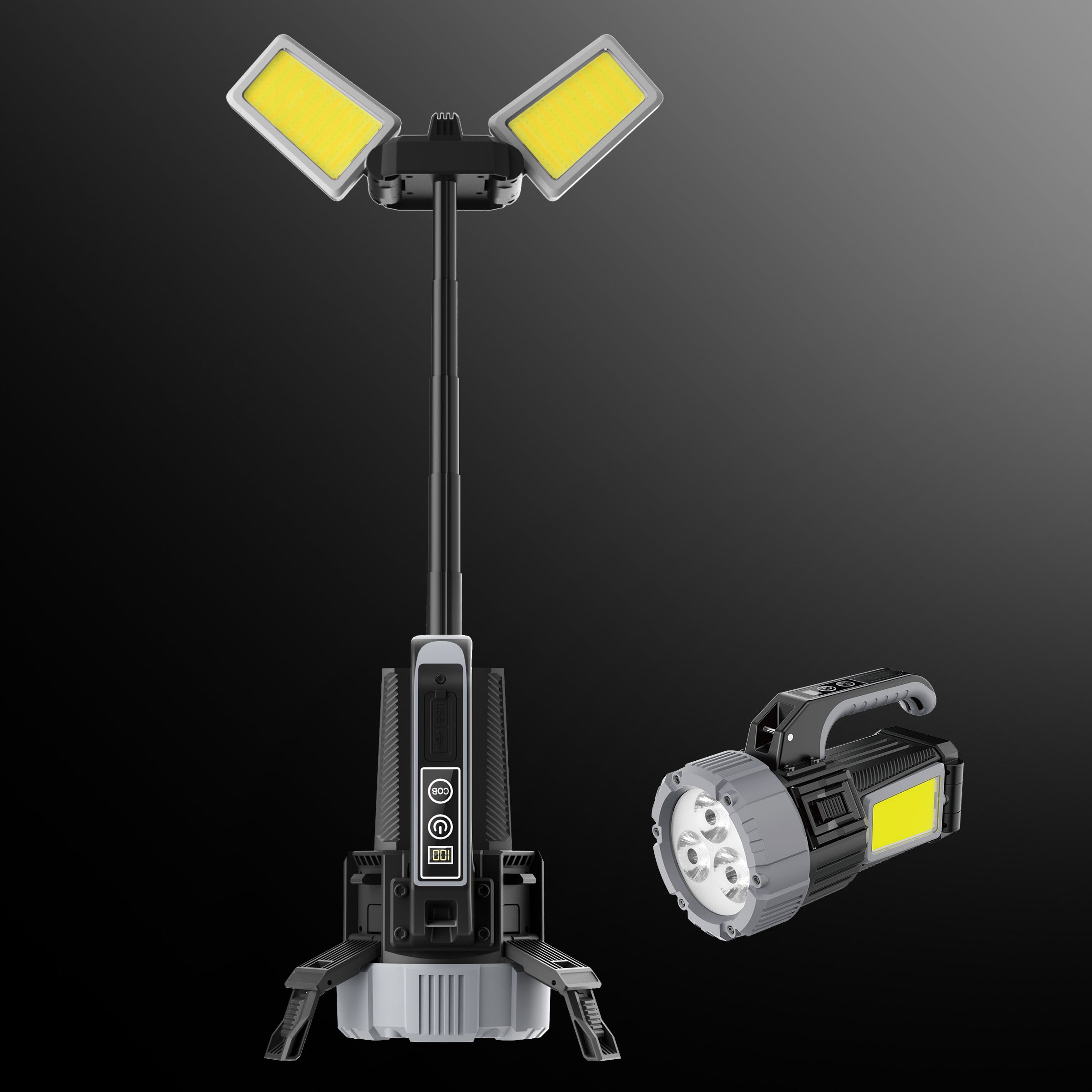










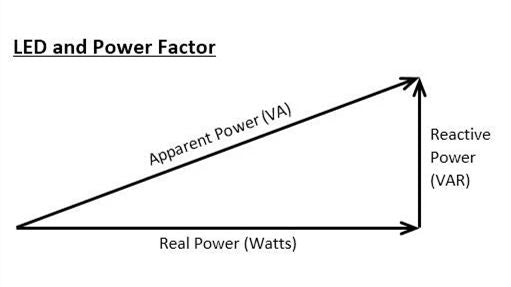
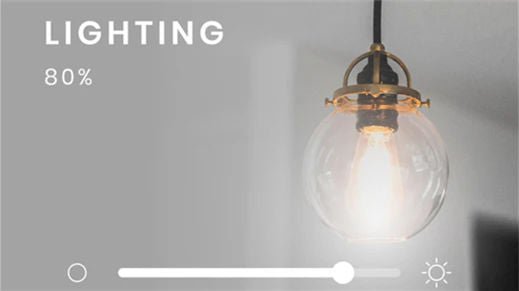
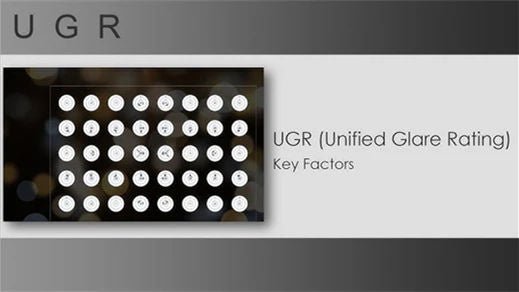






Leave a comment
This site is protected by hCaptcha and the hCaptcha Privacy Policy and Terms of Service apply.